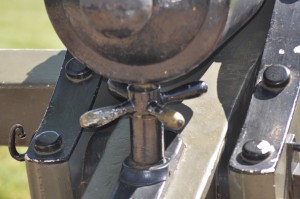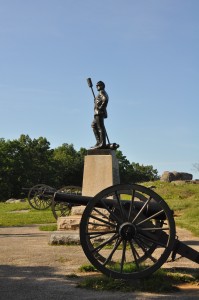KN, p. 132 “Fan Favorites – 2014”
I’ve said it before and it’s still true: Kerrian’s Notebook followers are a great bunch. A few of the readers mentioned that some of the posts in 2014 were ‘ripped from the headlines.’ Truth is often stranger than fiction, so while Kerrian is a fictional character, the posts are based in solid fact. As I say in my upcoming novel, “Murder is messy,” and it’s sometimes just plain weird. But, even a Homicide Detective cooks, goes on an occasional trip, and works with other law enforcement officers, so the fan faves were an interesting mix.
Below is the list of the most frequently read new posts on Kerrian’s Notebook in 2014.
Click on each title to take you to that page. 🙂
10. “How many bodies at the yard sale?” (p.122) – Based on a visit to the 2014 Writers’ Police Academy.
9. “Death by Elevator” (p.105) – Based on my real-life experience in April, 2014.
8. “50 More Ways to Die an Unnatural Death” (p.111) – The #1 vote getter was so popular that I wrote another list and it made the top 10 as well. 🙂
7. “Cemetery at the Golf Course” (p.116) – Yup, this one is true.
6. “Officer needs assistance!” (p.117) Photos taken at the re-enactment of a high-risk stop.
5. “75 Second Mookies” (p.126) – Created, taste tested and eaten by us. 🙂
4. “Chocolaty Chocolate Banana Muffins” (p.96) – Created, taste tested and eaten by us 🙂
3. “What does a firefighter wear?” (p.119) Info about uniforms and videos of heat resistance testing. Photos taken during the 2014 Writers’ Police Academy.
2. “What does a sheriff do?” (p.115) tells the difference between a Sheriff and a Police Chief, as explained to me by an active duty Chief.
…and the most frequently read new post on www.kerriansnotebook.com in 2014 was:
1. “100 Ways to Die an Unnatural Death” (p.100) Written in honor of the 100th Kerrian’s Notebook post. There were LOTS of writers that checked out the two unnatural death lists, used some of the ideas in their own writing and even contributed suggestions. Readers sent me some wickedly funny emails and some of those ideas are in #8!
Thanks to all of you, readership almost doubled in 2014. It was a phenomenal year!
Here’s to a great 2015, with fewer real-life homicides, more crimes solved and always, more amazing mysteries/suspense/thrillers to read.
*Photos by Patti Phillips
KN, p. 132 “Fan Favorites – 2014” Read More »













